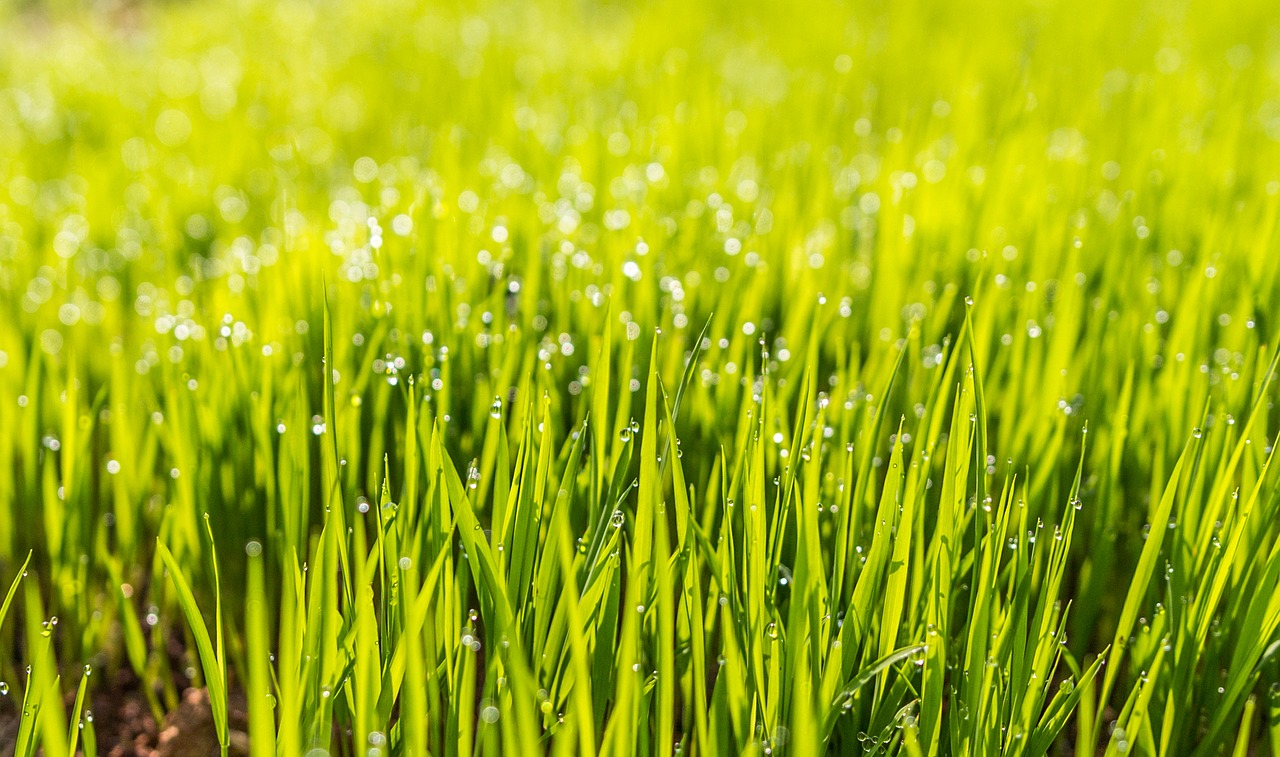Lawn care, if nothing else, can be frustrating work. If brown patches or other lawn disease persist even after adequate water, fertilizing, and sunlight it’s time to study up on the different types of grass. Identifying the type of grass or grasses that inhabit the affected lawn areas is an irrefutable step in the right direction. Only after understanding how the grass functions, can you take appropriate steps to amend the problem(s) at hand.
Two Main Types of Grass
Being as Camas, Washougal, and Vancouver, Washington can be on the chillier side, it’s no surprise that we are home to a variety of cool season grasses. Most commonly, you’ll come across Kentucky Bluegrass or a type of fescue. As a matter of fact, your lawn is more than likely comprised of those two! Fescue and Kentucky Bluegrass both thrive in the shade, the wet, and the cold. While they are both relatively low maintenance there are some tips that can help you keep your lawn green all year.
Fescue
The name fescue is actually used to describe various species of grass that grow together as one lawn: hard, chewings, sheep, and red. Fescue is a very fine, tufted grass that produces flowers in the spring. If being the proud owner of a fast-growing lawn is your goal, look no further. It holds a duller, grayish green color that might not be as appealing as the bluegrass. A kind word to describe it would be “rustic.” Looks aside, fescue is some of the toughest grass around. Unusually deep roots draw water up from far down in the dirt and, by doing so, gives fescue the title of the “most drought resistant grass in the Northwest.” Fescue also has low nutrient requirements. It can thrive off of much lower nitrogen and oxygen levels than its relatives and, somehow, is more nutritious when consumed by grazing animals.
Kentucky Bluegrass
Fescue is a tough act to follow, but Kentucky Bluegrass has more than its fair share of accolades. First and foremost, this type of bluegrass is the most commonly used lawn grass in the country. It boasts a color that, if seen spread across your neighbor’s lawn, is sure to inspire envy. It’s not uncommon to see Kentucky Bluegrass in action underneath the feet of football or soccer players. The deep green hue and the soft, wide blades make it, arguably, the most aesthetically appealing grass in the Northwest. But like any grass, Kentucky Bluegrass comes with some negatives. Bluegrass should never be planted 100% purely. Oddly enough, by itself, it isn’t well adapted to Western Washington especially. When planting Kentucky Bluegrass seeds, make sure the mixture is never more than 50% bluegrass. It’s also worth noting that while it is a cool season grass, Bluegrass doesn’t do well in deep shade.
Maintenance
Identifying and maintaining cool-season grasses are two entirely different practices. As mentioned before, both are somewhat low maintenance but do require attention. During the dry/warmer months it’s a good rule of thumb to water twice a day. Once in the morning for 10- 15 minutes and once at night for 10-15 minutes. On the cooler days, you can decrease the frequency to once a day. Bi-annual fertilizing is also a great habit to get into. Fertilizing in the spring and fall are surefire ways to give your lawn a head-start on its major seasonal growth. Regular mowing of the lawn goes a long way, as does keeping leaves and other debris raked off the grass.
Fescue and Kentucky Bluegrass are attractive, resilient grasses that thrive in the Washington gloom. With a minimal amount of love and attention, you’ll have a lush, green, much-sought-after lawn year-round. If lawn care further alludes you, or you want a lawn care professional maintaining your lawn, Urban Eden is the place for you. We have extensive lawn care knowledge and have over a decade of experience under our belt. You can reach us at 360- 567-6399, contact us here, or fill out our FREE estimate request form.

